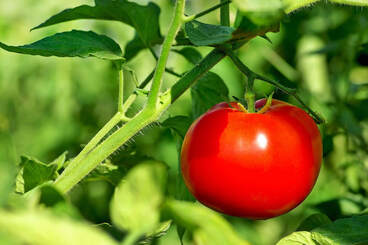
Before you plant your tomatoes outdoors, you’ll need to get them acclimated to the outdoors for roughly a week. Be sure to leave them somewhere sheltered, and bring them indoors during the evenings, especially on cold evenings. As the week goes on, you can leave them outdoors for longer periods of time. A cold frame makes a great storage place for your tomatoes as you get them acclimated to the outdoor weather, and you can prop the lid open more and more as planting time approaches.
If you don’t have the time or the patience for growing tomatoes from seed, a plant nursery is always an option. Just be sure to inspect the plants before buying, to make sure they look green and healthy and aren’t too long and leggy.
Tomato plants love sunshine and warmth. It helps them grow to their fullest potential so that you get nice-looking, tasty tomatoes. Also, tomatoes, like most vegetables, like a "Goldilocks soil" that retains moisture but is also well-drained and rich in nutrients. The best way to achieve this is to add mulch, manure, or other well-rotted organic matter in the weeks before planting.
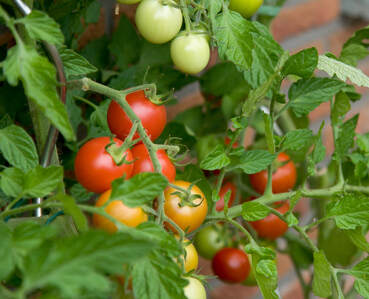
Now, tomatoes can actually produce roots at any point along their stem. This means that you can dig holes deeper for them than you can for most other vegetables, to encourage roots to produce low down on the stem. More roots will help anchor the plant into position, and of course, more roots also means it can absorb more moisture to support more growth. So when you dig holes, dig them a bit deeper than the root ball to allow the plants to grow extra roots.
This part may sound a little crazy, but burying fish heads in the soil under your tomatoes can help add extra nutrients that the tomatoes then absorb as the fish heads break down and the tomato roots grow down through them. The Native Americans have been using fish in their Three Sisters companion planting for thousands of years. In any case, adding fish heads to the soil isn't too different than adding fish emulsion to the soil as a fertilizer. Just be sure to bury the fish with a little bit of soil before planting the tomatoes, so as not to attract foxes, cats, or dogs.
When you plant the tomatoes, try to avoid burying any of the leaves when you bury the stem. Feel free to pick off any leaves you need to in order to bury as much of the stem as possible.
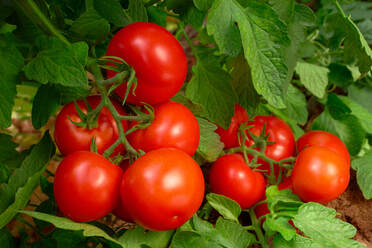
Also, for indeterminate varieties, you'll need to prune the side shoots that come off the main stem. This helps concentrate all the plant's energy into flower and fruit production. In warmer climates, you can probably get away with not pruning the stems, since tomatoes grow more vigorously in warmer weather. But in cooler climates, you'll definitely need to prune indeterminate tomatoes.
When you plant your tomatoes, you might want to consider planting companion plants with them as well, to help deter pests and also encourage the tomatoes' growth. GrowVeg recommends marigolds, dill, and basil as three options, but Burpee has more suggestions for companion plants for tomatoes (among other vegetables).
I hope this helps you learn how you can grow your own tomatoes. Please let us know how it goes!
-Chris Tidmarsh

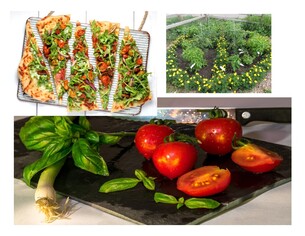
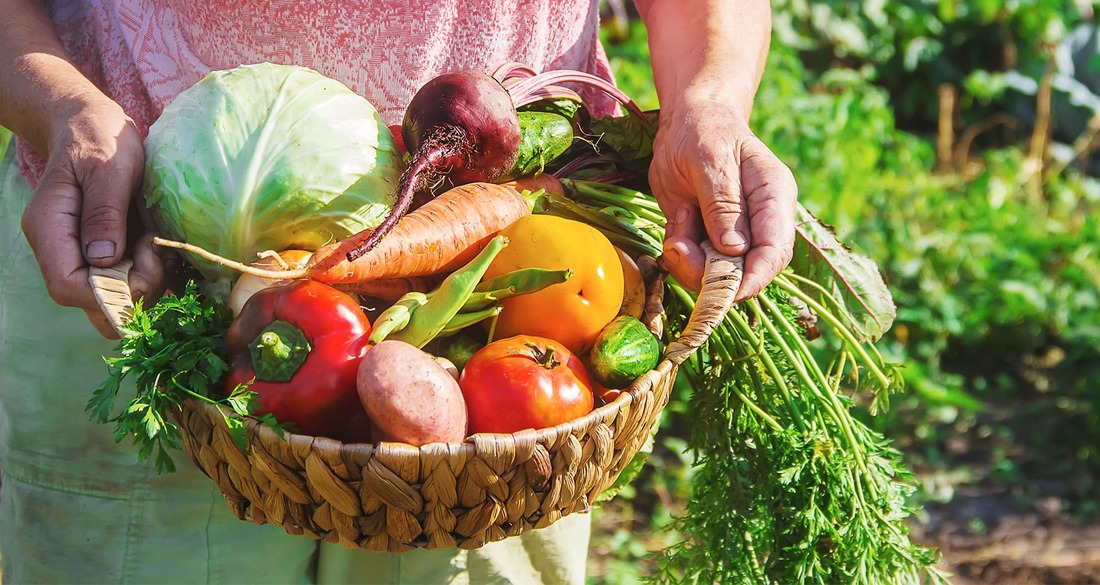
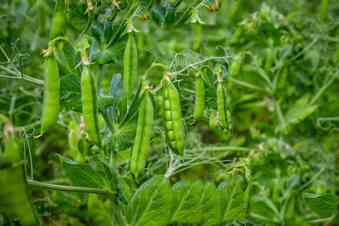
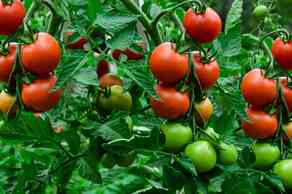
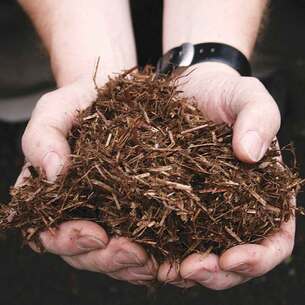
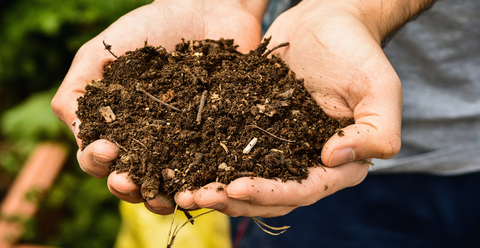
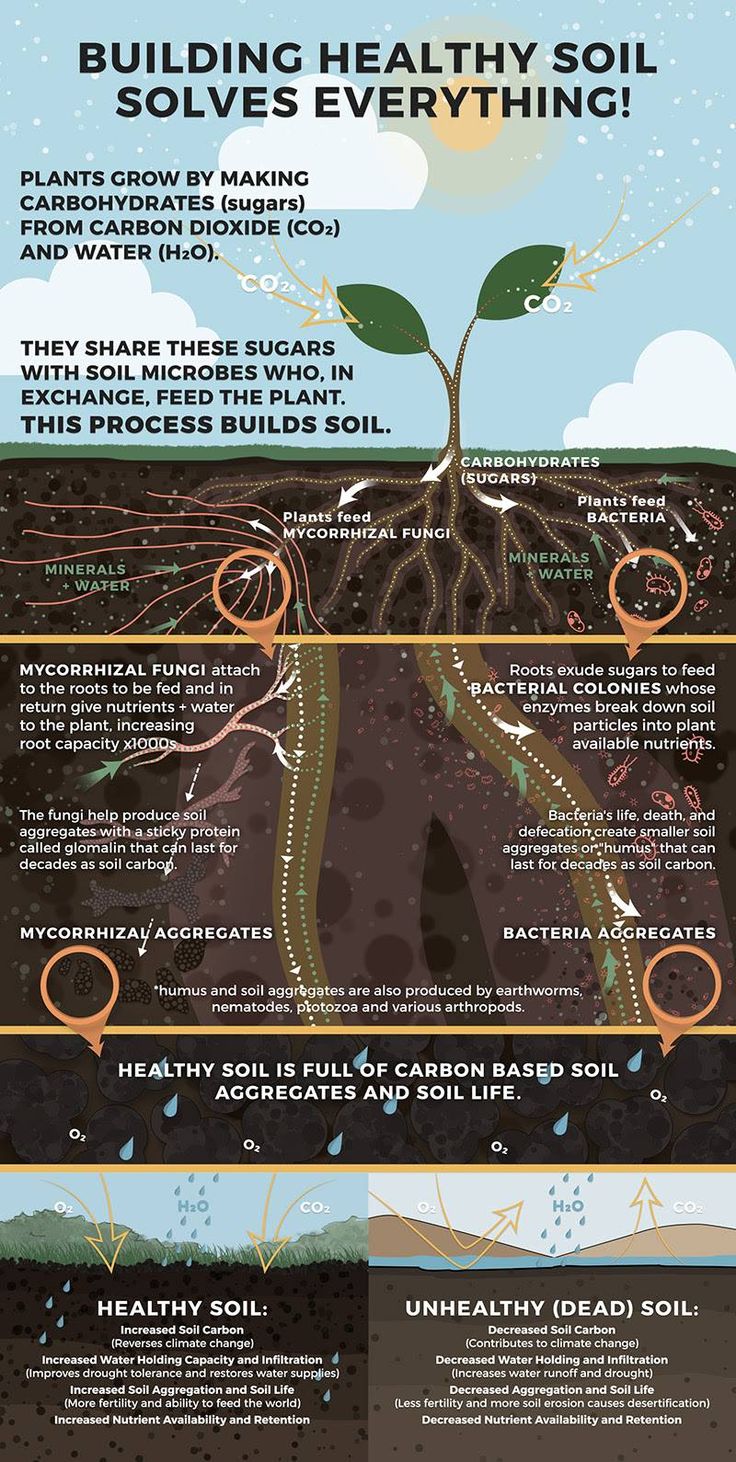
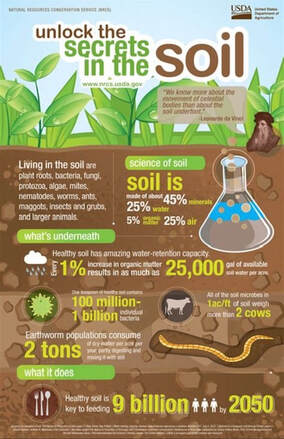
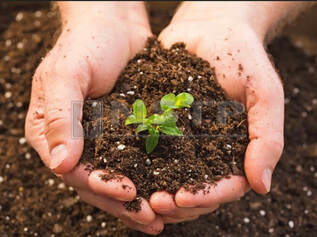
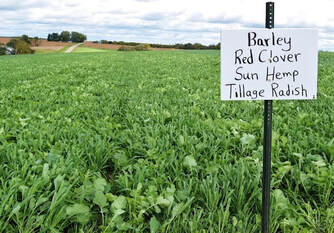
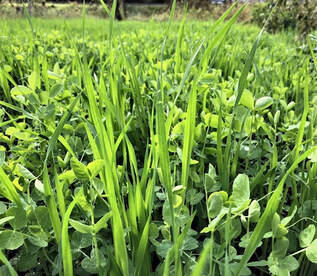
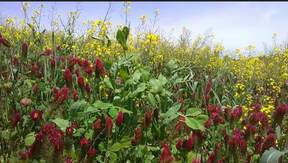

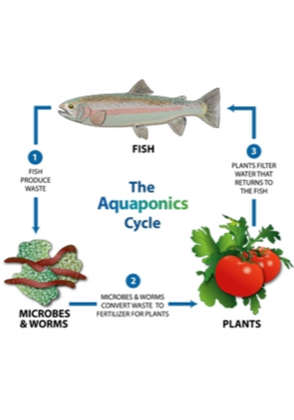
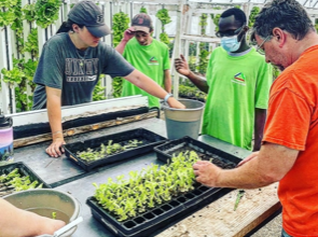


 RSS Feed
RSS Feed
